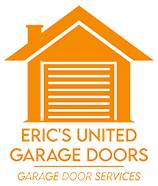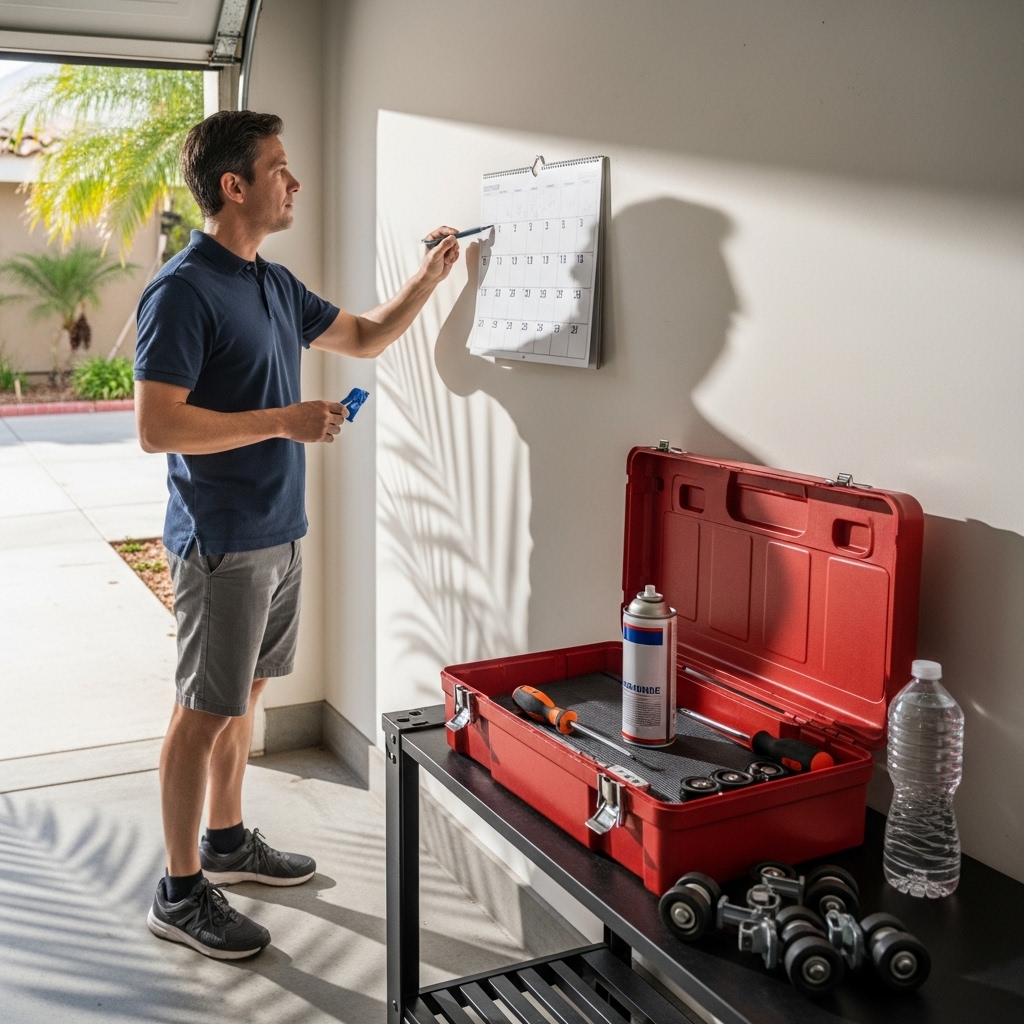In Florida’s heat, humidity, and storm-prone environment, a garage door works harder than most homeowners realize. Creating a practical maintenance schedule and understanding realistic component lifespans will keep your system safe, quiet, and ready when you need it. This guide outlines monthly, quarterly, and annual tasks tailored to Florida, signs of wear to watch for, and strategies that extend life for springs, rollers, cables, openers, and seals. If you prefer a hands-off approach, a thorough baseline inspection and routine garage door service will align your schedule with the exact needs of your system and usage.
By following a predictable rhythm of light inspections and seasonal tune-ups, you can catch small issues early, avoid inconvenient breakdowns, and budget for future replacements in an orderly way.
Monthly Essentials for Florida Homes
Short, consistent checkups prevent small inefficiencies from turning into major repairs.
- Visual scan: Look for rust, frayed cables, cracked hinges, and loose fasteners. Verify that tracks are straight and free of debris.
- Safety sensor check: Wipe photo eye lenses, confirm alignment, and test by breaking the beam; the door should refuse to close.
- Manual balance test: With the door down, pull the release and lift halfway. The door should remain near level. If it falls or rises, call a professional.
- Listen for changes: Squeals, grinding, or clunks often indicate drying lubricant, misalignment, or worn rollers.
- Door surface and seals: Inspect the bottom seal and perimeter weatherstripping for cracks and flattening, common in strong sun exposure.
Quarterly Care in a Humid Climate
Every three months, invest a few extra minutes in the tasks that most affect smooth motion.
- Clean tracks: Wipe grit from tracks to reduce friction and roller wear.
- Lubricate lightly: Apply a silicone or lithium-based product to hinges and steel roller bearings; avoid over-application.
- Tighten hardware: Reseat hinge screws, track bolts, and opener mounting hardware.
- Rinse salt accumulation: In coastal zones, rinse exposed hardware with fresh water to slow corrosion.
- Test opener functions: Confirm safety reverse, travel limits, and smooth starts and stops.
Annual Tune-Up and Storm Readiness
At least once a year—ideally before storm season—schedule a comprehensive inspection to validate wind-load details, hardware condition, and balance. A well-balanced door reduces strain on the opener and decreases wear across the system.
- Spring and cable evaluation: Look for elongation, rust, or fray. Replace components before they fail under stress.
- Reinforcement and anchoring: Confirm struts, tracks, and brackets are straight, tight, and anchored to sound structure.
- Battery backup and surge protection: Replace backup batteries as recommended and verify surge devices are functioning.
- Weather seals: Replace brittle seals to help keep out wind-driven rain and pests.
Understanding Lifespan: What to Expect
Lifespan depends on usage cycles, component quality, environment, and maintenance. Florida’s humidity and storm activity can shorten service life without preventive care. Here is what typically influences longevity:
- Springs: Heavily used springs reach their cycle limit sooner. Proper sizing, balance, and light lubrication extend life. Corrosion protection matters in coastal settings.
- Rollers: Nylon-wheel rollers with sealed bearings generally last longer and run quieter than unsealed metal wheels in humid conditions.
- Cables and drums: Corrosion and grit cause abrasion. Keep components clean and replace at the first sign of fray.
- Hinges and brackets: Quality, thicker-gauge hardware resists deformation and keeps panels aligned.
- Openers: Clean power, appropriate drive type, and correct force settings reduce stress on gears and electronics.
- Weather seals: UV, heat, and door travel gradually compress and crack seals; plan periodic replacement for reliable protection.
Usage Patterns and Their Impact
How you use your door is as important as what it is made of. A household that opens and closes the door dozens of times per day will wear parts faster than a home that relies primarily on front-door entry. Heavy items hanging from the door or tracks, or storage that creeps into the door’s path, can create binding and premature wear. Educate family members about safe operation and keep the area around tracks clear.
Upgrades That Extend Service Life
Thoughtful component upgrades reduce friction, resist corrosion, and keep your door running smoothly.
- Corrosion-resistant hardware: Galvanized or stainless fasteners and powder-coated springs reduce rust in humid or coastal environments.
- Sealed-bearing rollers: Lower friction means reduced stress on hinges, tracks, and openers.
- Balanced spring systems: Properly sized and tuned springs minimize strain and improve safety.
- Wind-rated reinforcement: Correct struts and robust tracks distribute loads, protecting panels and mounts during storms.
- Battery backup and smart controls: Maintain access during outages and receive alerts that reveal problems early.
When to Call a Professional
Some tasks—like replacing springs, cables, or heavily bent tracks—belong in the hands of trained technicians. If the door will not stay mid-span during a manual test, if you see cable damage, or if the opener struggles or smells hot, stop using the system and schedule service. Technicians can restore balance, replace wear items, recalibrate safety settings, and document findings for your records.
Regular professional care is especially helpful for Florida homes exposed to salt air or frequent storms. A mid-season check can catch corrosion or misalignment that monthly routines might miss. When uncertainty arises, schedule garage door service to keep your system safe and dependable.
Frequently Asked Questions
Q: How often should I schedule professional maintenance in Florida?
A: Many homes benefit from annual tune-ups, with additional inspections after severe storms or when daily cycling is heavy. Coastal properties may prefer biannual visits.
Q: What noises indicate a problem?
A: Grinding, clunking, or rhythmic thumping often points to worn rollers, loose hardware, or misaligned tracks. A sudden loud bang can indicate a broken spring—stop using the door and call a professional.
Q: Are insulated doors worth it in warm climates?
A: Yes. Insulation moderates garage temperatures, reduces noise transfer, and can lessen strain on the opener by stabilizing door panels.
Q: How can I minimize corrosion near the coast?
A: Rinse exposed hardware with fresh water regularly, choose corrosion-resistant components, and maintain light lubrication on moving parts.
Q: What should I check after a storm?
A: Inspect tracks, brackets, and panels for movement or damage, verify cable seating on drums, test the safety reverse, and confirm surge protection is intact.
Make Maintenance Easy and Predictable
A dependable garage door is the result of consistent care and smart upgrades. Build your routine, note small changes, and address wear before it becomes a breakdown. For a smooth, quiet system tailored to Florida’s climate, book professional garage door service and keep your home secure and ready for every season.

